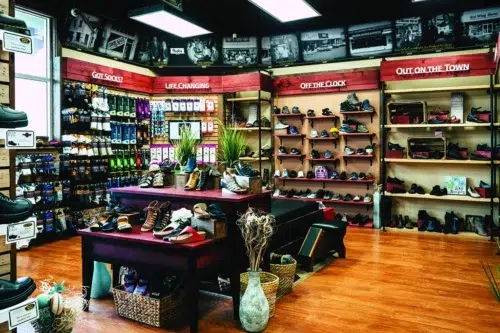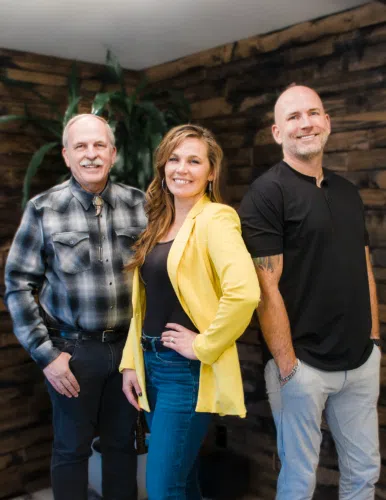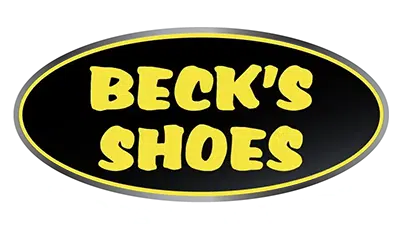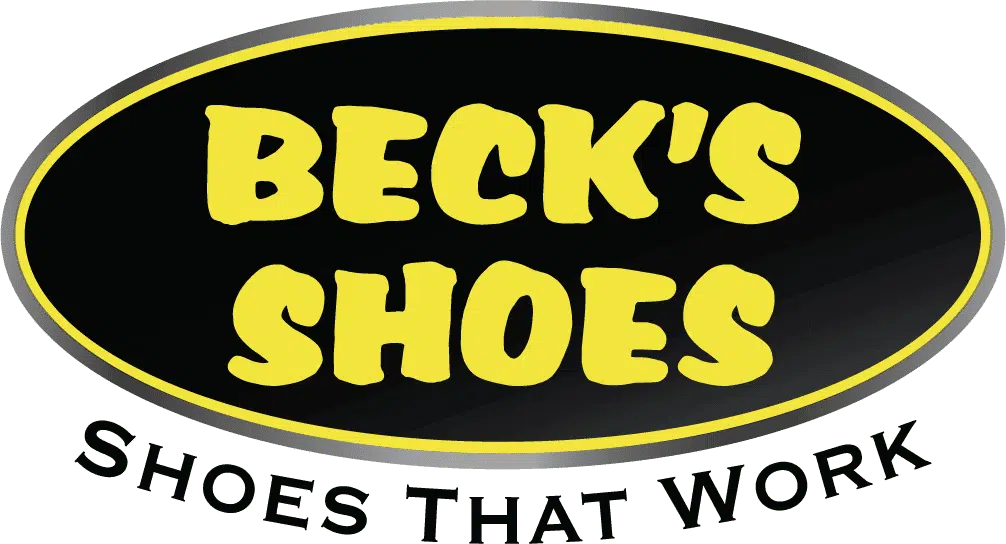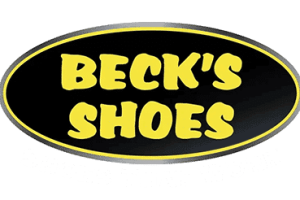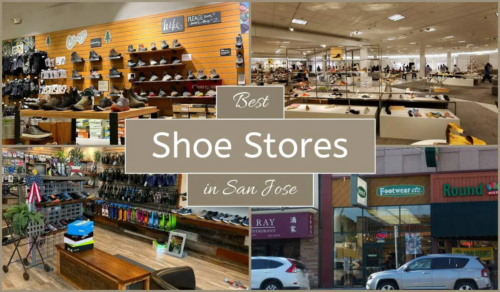
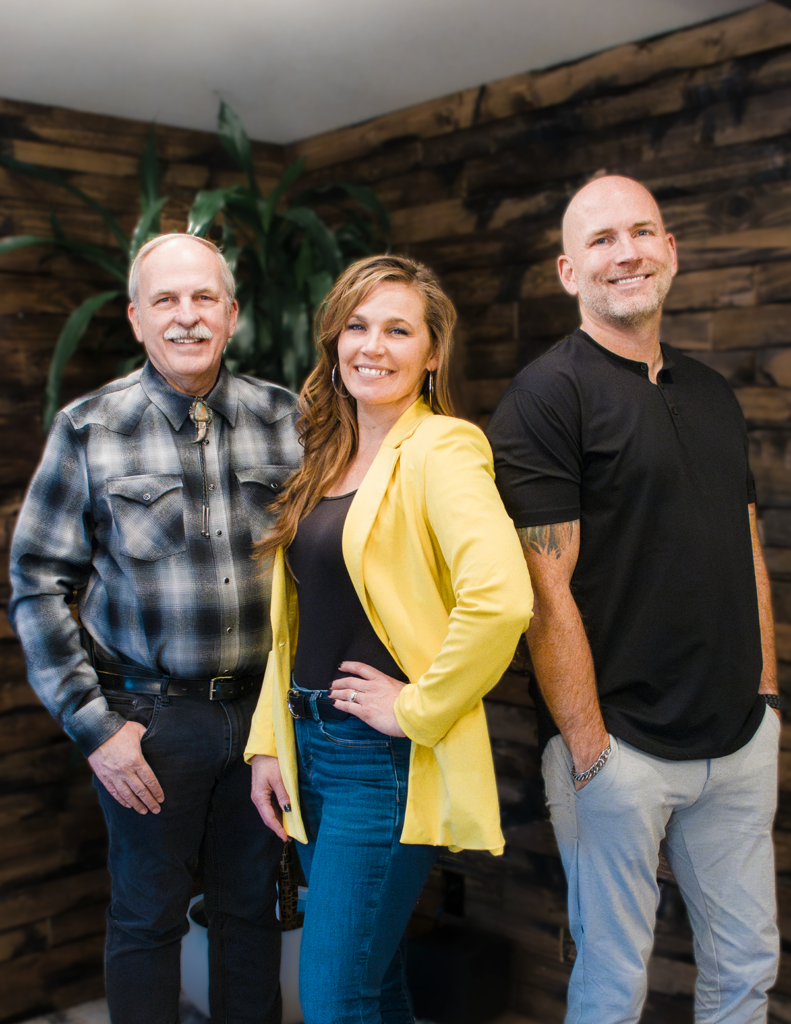
5 Generations in, Beck's Shoes embraces technology and its humble beginnings
Walking into a Beck’s Shoes location, you’ll probably be struck by the wide selection of products. The company’s 24 stores carry 75 brands and keep more than 1,000 styles in stock, split almost evenly among industrial, medical, athletic and mainstream lifestyle footwear.
Its technology might catch your eye, too: Team members use 3D scanning in addition to the traditional double Brannock measuring device to achieve customized fits.
You’ll also notice the photo timeline wrapped around the top of the walls. The photos trace the company’s history from present-day Campbell, Calif., back to 19th-century Denmark, to a cobbler’s shop that made shoes one pair at a time. That’s the life that Ole Beck, the founder of Beck’s Shoes, decided to leave behind.
PURSUING THE AMERICAN DREAM
Blaine Beck, a member of the fourth generation, recounts how Ole set off for America in 1911. Ole was just 17 at the time, and he convinced his 15-year-old brother to come with him.
The two brothers came through Ellis Island. Immigrants were required to have a sponsor who could host them, so they planned to stay with family on a farm in Salinas, Calif. They also needed to prove they had money to complete the journey, but they had only enough cash for one brother to travel the rest of the way.
“They arranged to meet each other on a fence line someplace,” Blaine says, “And they passed through the money to the second brother so that both of them could get through.” Then they hitchhiked across the country and made it to California with most of the money still in their pockets.
Once they were at the farm, it became clear that agriculture wasn’t the right business for Ole. The realization hit when his uncle woke him up at 4 o’clock in the morning and told him to begin work. Ole objected that it was still dark out, but his uncle wasn’t swayed. “He said, ‘Well, this is farming. Farming’s different than what you’re used to. We start before dawn and work until we’re done, which is usually after dusk,’” Blaine says.
Ole ended up enlisting in the U.S. Army, where he found himself working with shoes again. The Army issued his uniforms and boots, which were supposed to last for four years. Naturally, that meant the boots would need lots of repairs. “Everything in the shoe — the heel, the soles, the insoles, the uppers —everything was leather,” Blaine explains. “So, you just cut off a piece and replaced it with a new piece of leather whenever it needed some work done on it.”
Ole wasn’t pleased with the quality of the craftsmanship there, and the officer in charge of the base’s shoe repair shop heard his comments. The officer asked Ole if he could do a better job, and Ole said he could. So, for the next four years, Ole ran the shoe repair.
The Army allowed Ole to keep a portion of the revenue he brought in by working on officers’ boots, and he saved up his money. When he was honorably discharged in 1919, he went to San Francisco and bought a shoe store.
Meanwhile, family members had been gathering in Salinas, 100 miles away from Ole’s new store. Ole wanted to be closer to them, so after six months he sold the store and bought another in Salinas. His father, Christian, soon came over from Denmark, and father and son ran the business together.
Leave a Reply

Family Business
Three decades strong, Family Business magazine empowers generations to build stronger families, stronger businesses.
